 Buy Now →
Buy Now → 

Support core recovery after pregnancy with this NO EQUIPMENT Advanced Postpartum Recovery Ab Workout! These ab exercises are designed to safely rebuild your abs after pregnancy by targeting the transverse abdominals and pelvic floor muscles.
Mastered our Beginner Bodyweight Postpartum Recovery Ab Workout? Then it’s time to scale it up to this ADVANCED Postpartum Ab Rehab workout – no equipment needed!
Returning to exercise after the postpartum period was just as much about my mental health as it was for my physical health. That said, I know it can be confusing (especially after my first baby, I remember being both super overwhelmed and underwhelmed at the amount of information that exists).
So we teamed up with my pelvic floor physical therapist (Dr. Sari Abelson PT, DPT) to develop a series of workouts designed to support you along your postpartum recovery journey (and it’s more than just kegel exercises).
Whether you have a newborn or your “baby” is 16, these exercises are a solid foundation for core and pelvic floor strength.
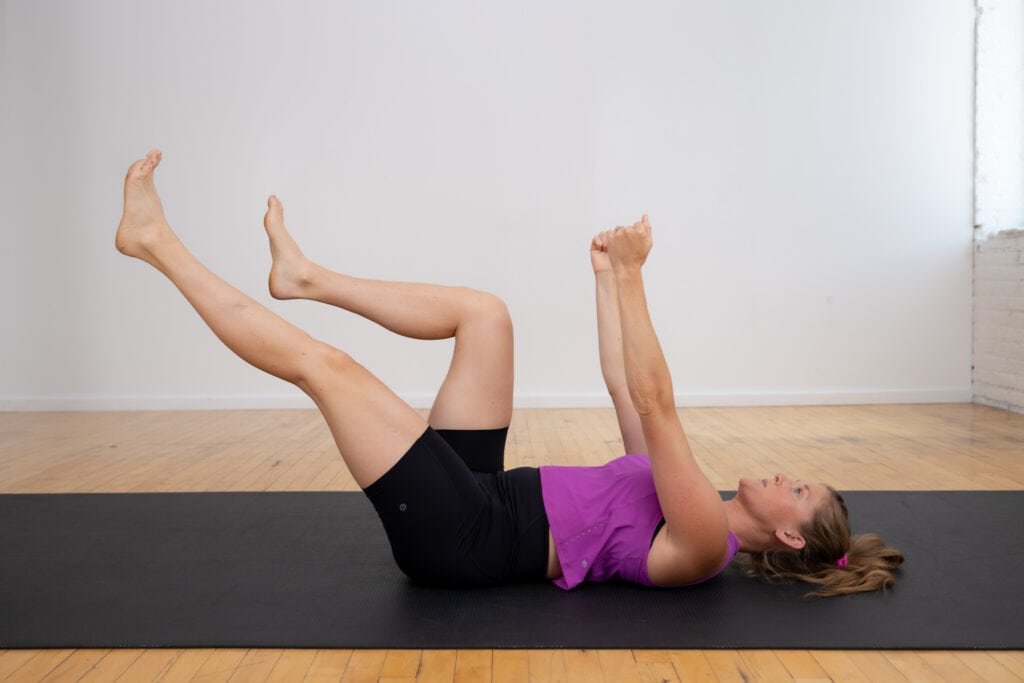
Every postpartum recovery timeline is different. Mayo Clinic says that if you had an uncomplicated pregnancy and vaginal birth, it’s generally safe to begin exercising a few days after giving birth or as soon as you feel ready. I personally started doing the beginner version of these exercises around 2 weeks after delivery and scaled up to the advanced version a few weeks later. Talk to your healthcare provider about what your postpartum healing process looks like.
Assessing for hard vs. soft doming during exercise is a good gauge to determine how your body is managing pressure. Soft doming is when you can press your tissue inward vs. hard doming is when the dome is firm. Hard doming usually signals your tissue is working to its max capacity. Aim for soft doming.
The American College of Obstetricians and Gynecologists (ACOG) says that exercising after giving birth can strengthen abdominal muscles, boost energy, relieve stress, promote better sleep and may help prevent postpartum symptoms like mood swings, postpartum depression and anxiety or the “baby blues”.
If it’s an option available to you, I recommend this to everyone who’s been through a pregnancy. I learned so much about my body from my sessions with Dr. Sari (Motion MN). Other reasons to see a pelvic floor PT include symptoms like postpartum urinary incontinence or fecal incontinence, urinary or fecal urgency, heaviness/pressure, pain or fear with return to intercourse, constipation or issues with bowel movements, or just wanting guidance with return to exercise.
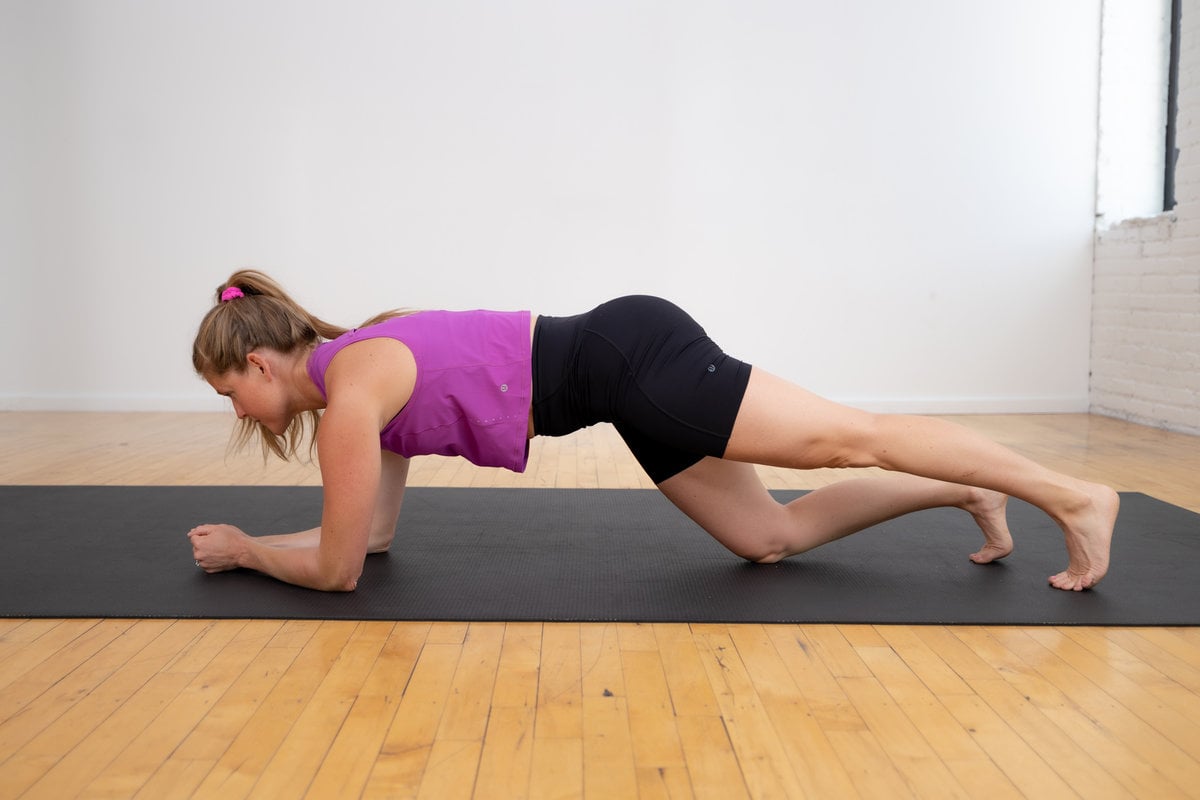
Strengthen your core after pregnancy with these advanced versions of the BEST postpartum recovery ab exercises!
These advanced postpartum ab exercises are specifically designed to heal diastasis recti, strengthen the pelvic floor muscles, and rebuild your abs after baby.
Add this core repair workout to your postpartum workout routine as you feel capable, starting with 1-2 times a week and scaling up to 3-4 times a week.
No equipment needed, just your bodyweight.
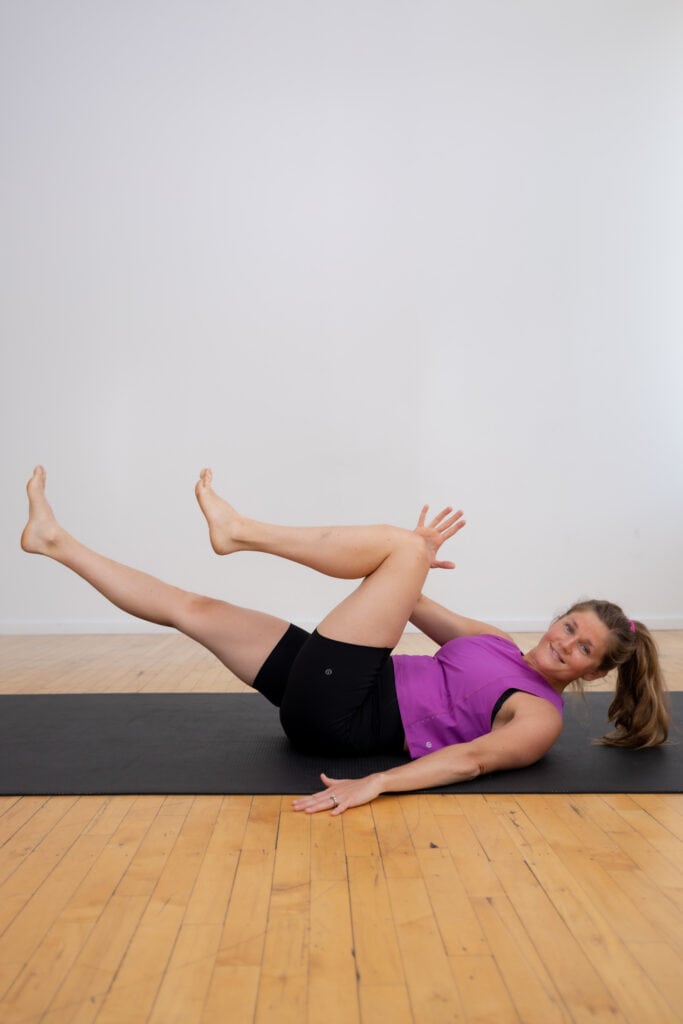
Follow along with the guided ADVANCED Bodyweight Postpartum Recovery Ab Workout on YouTube, led by certified personal trainer and fitness instructor, Lindsey Bomgren.
Your Workout Looks Like This:

Targets: The deep transverse abdominal muscles (TVA) and pelvic floor muscles. These muscles support your internal organs, your inter-abdominal pressure system, and provide stability and mobility of your lower spine.
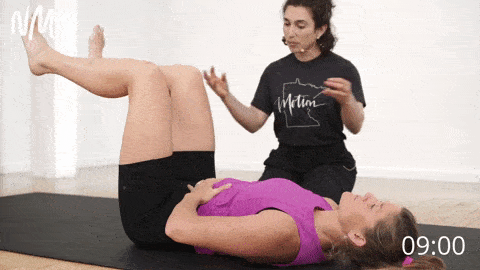
Modification: Keep feet planted on the floor to reduce intensity.
Targets: Transverse abdomen, upper abs, lower abs and hips.
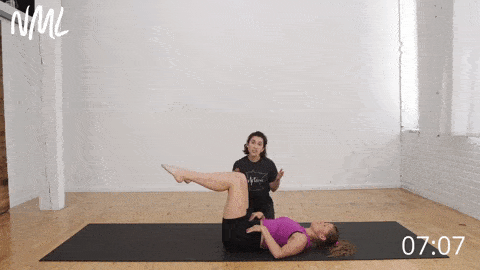
Modification: The closer your knees are to your chest, the easier this ab exercise will be. The farther your knees are from your chest, the more intensity you’ll feel.
Targets: Deep transverse abdominal muscles (TVA), lower abs and hips.

Modification: Keep your head resting on the floor rather than lifting the shoulder blades. You can also reduce range of motion (bending your extended leg to keep it closer to your body) to reduce the intensity.
Targets: The entire core from head to toe including — deep transverse abs, upper abs, lower abs and lower back.

Modification: Take your plank up to a raised surface (chair, bench or countertop) to reduce the intensity.
Targets: Upper abs, lower abs, obliques, transverse abs, shoulders and back.

Modification: Drop to your knees to reduce the intensity.
 Buy Now →
Buy Now →  Buy Now →
Buy Now →  Buy Now →
Buy Now → 
This post includes affiliate links. I do earn a commission for products purchased using these links (at no additional cost to you). Thank you for supporting Nourish Move Love, making the content you see on this blog possible.